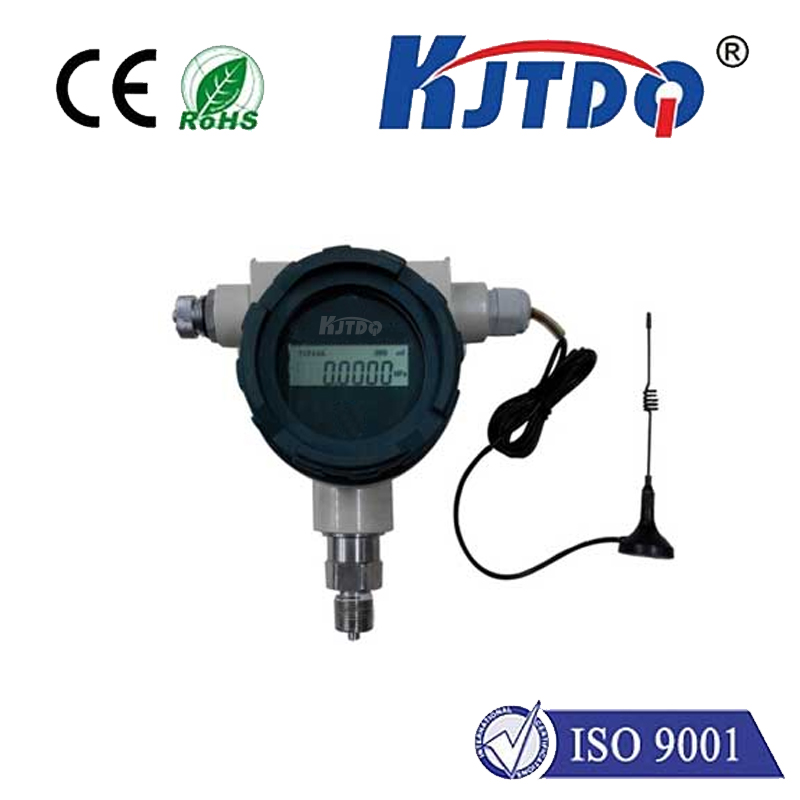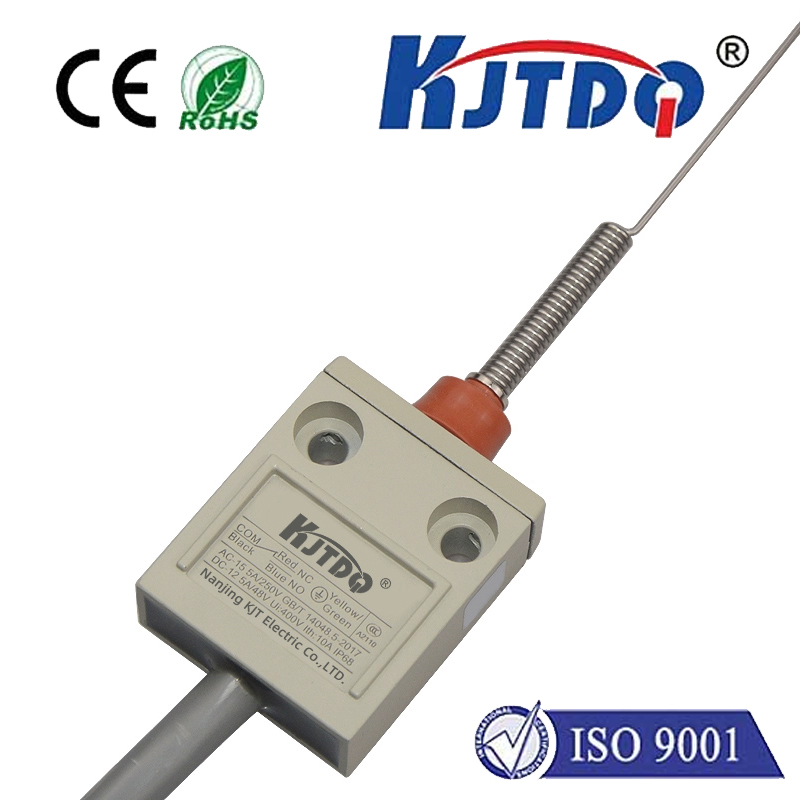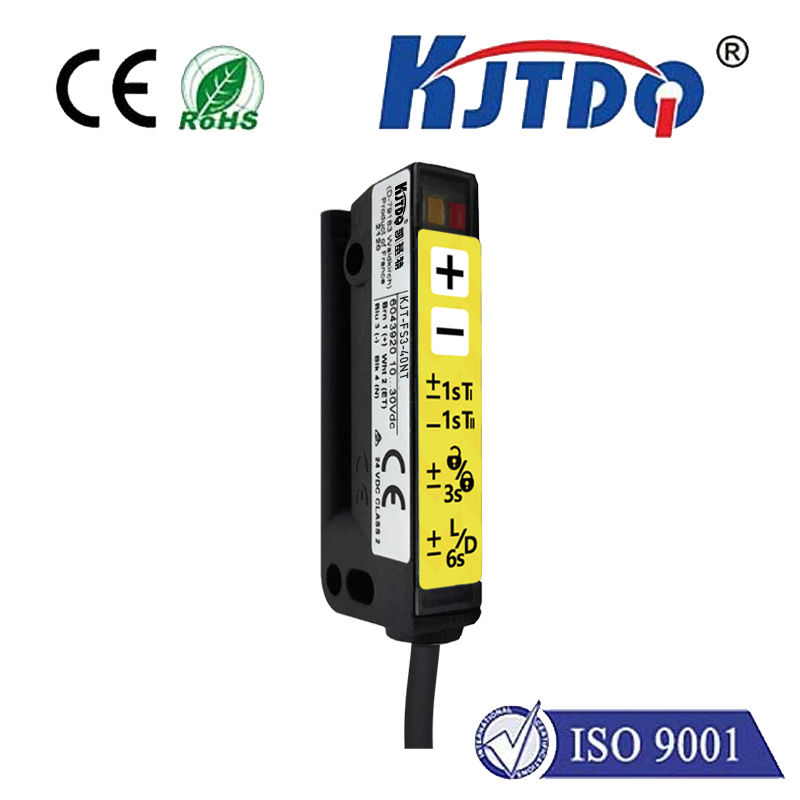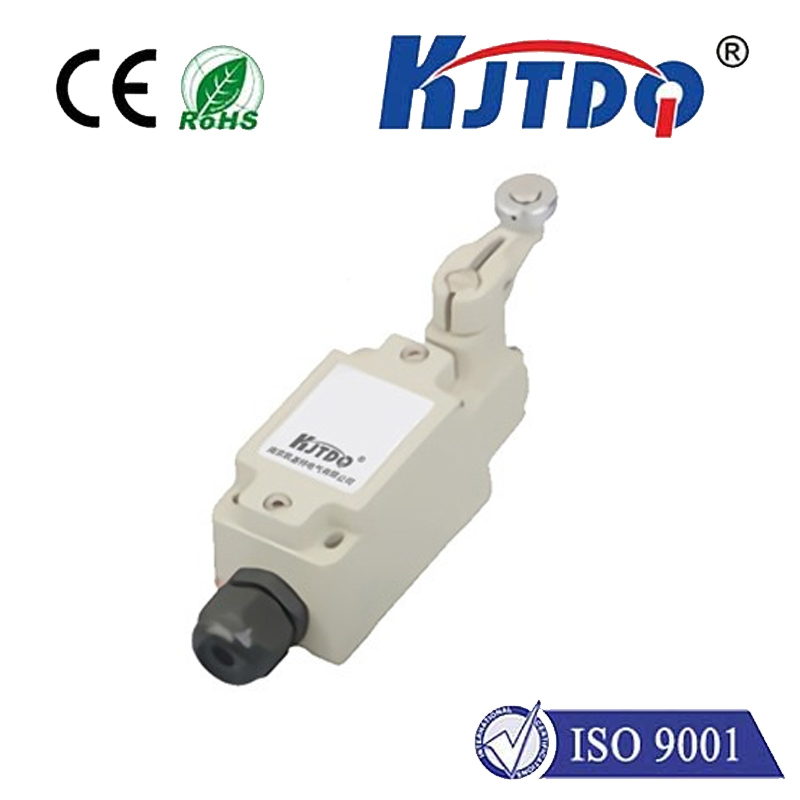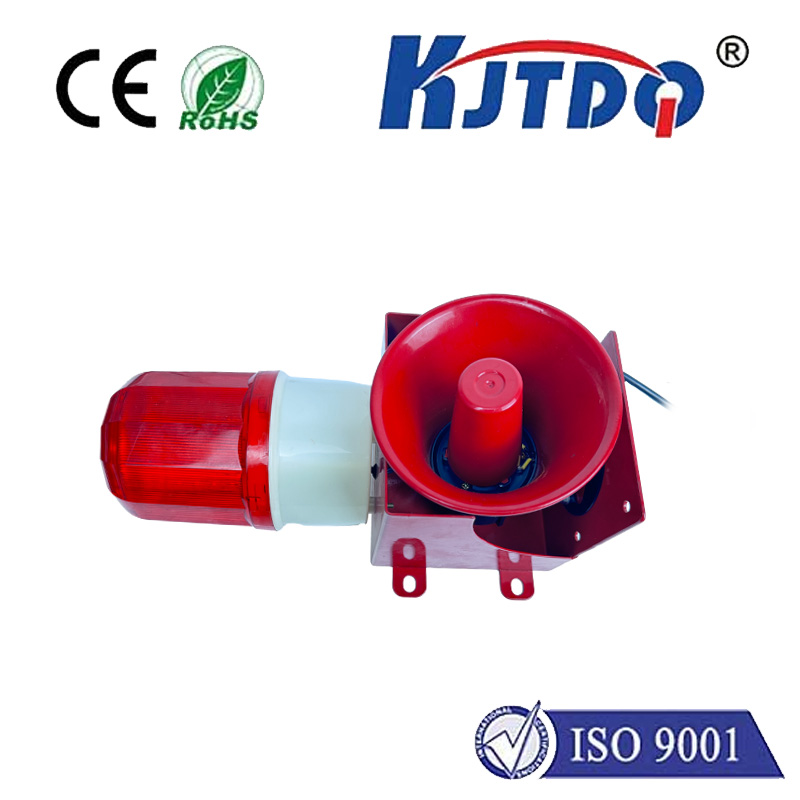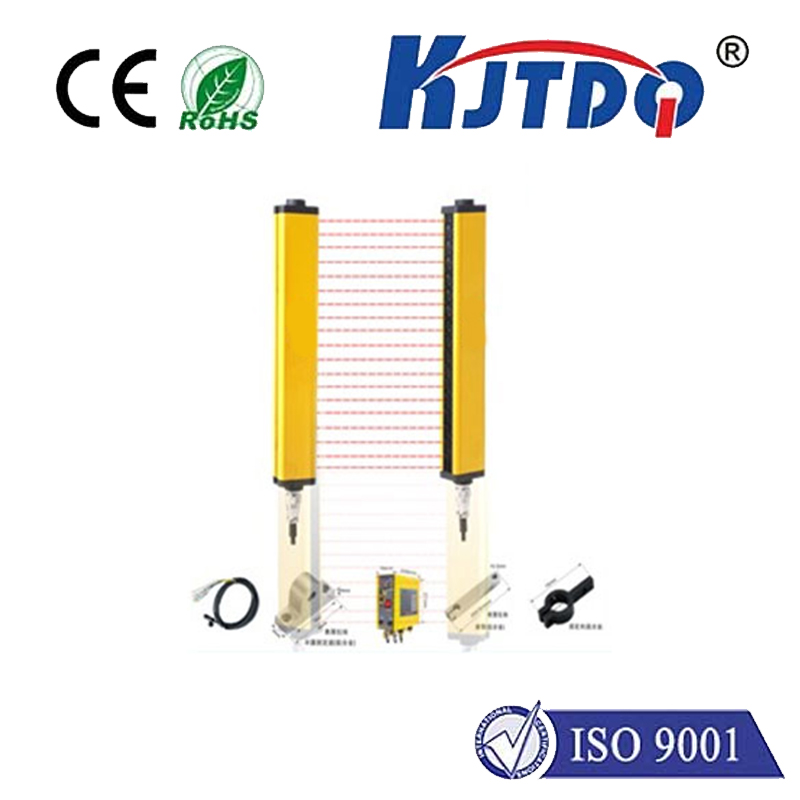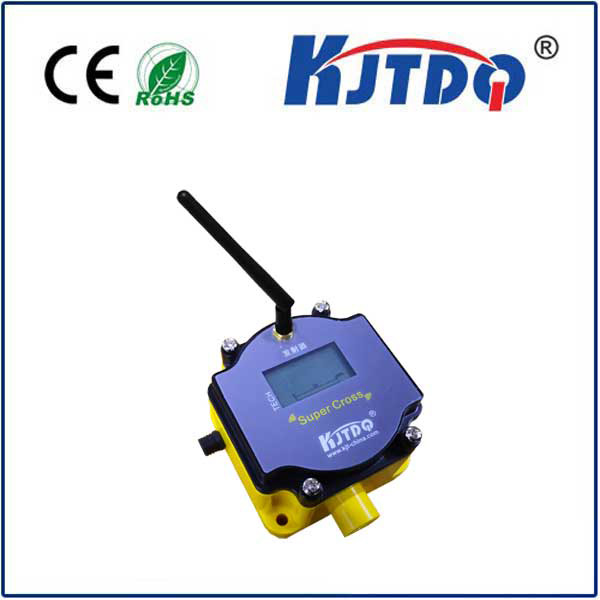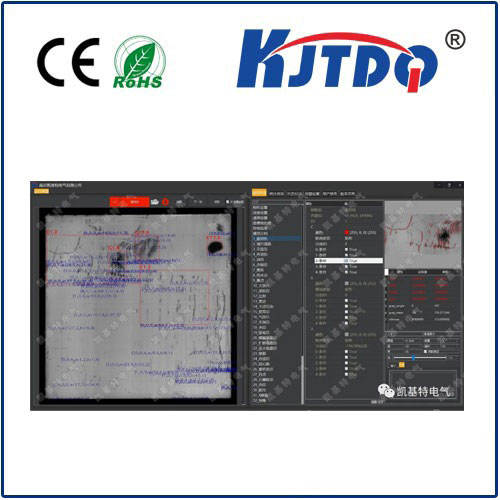
check

check

check

check
Body:
The small capacitive proximity sensor, also known as a touch sensor, is a versatile device that plays a crucial role in various industries. Its ability to detect physical contact makes it an essential component in modern technology, from mobile devices to industrial automation systems. This article explores the importance and applications of small capacitive proximity sensors and their impact on the world today.
One of the key advantages of small capacitive proximity sensors is their sensitivity to touch. They can detect even the slightest contact, making them ideal for a wide range of applications. In the field of mobile devices, these sensors are used to power the touch screen and enable intuitive interactions between users and their devices. For example, smartphones use small capacitive proximity sensors to detect when a user's finger touches the screen, allowing them to navigate through menus, play games, or take photos.
In addition to mobile devices, small capacitive proximity sensors are also widely used in industrial automation systems. By detecting when a machine's part comes into contact with another part, these sensors help ensure safety and efficiency in manufacturing processes. For instance, they can be used to prevent collisions between machines or to trigger automatic adjustments in production lines to optimize output.
Moreover, small capacitive proximity sensors are increasingly being used in healthcare applications. They can detect when a patient's hand or arm comes into contact with certain surfaces, allowing for more accurate measurements and monitoring of vital signs. For example, some wearable medical devices use these sensors to track blood sugar levels or monitor heart rate.
Despite their many benefits, small capacitive proximity sensors still face some challenges. One issue is their susceptibility to electromagnetic interference (EMI), which can affect their accuracy and reliability. To overcome this challenge, researchers are developing new materials and technologies that can better shield these sensors from EMI.
In conclusion, small capacitive proximity sensors have become an indispensable part of modern technology, enabling intuitive interactions between humans and machines and improving safety and efficiency in various industries. As research continues to advance this field, we can expect even greater innovations and applications for these amazing devices in the future.
